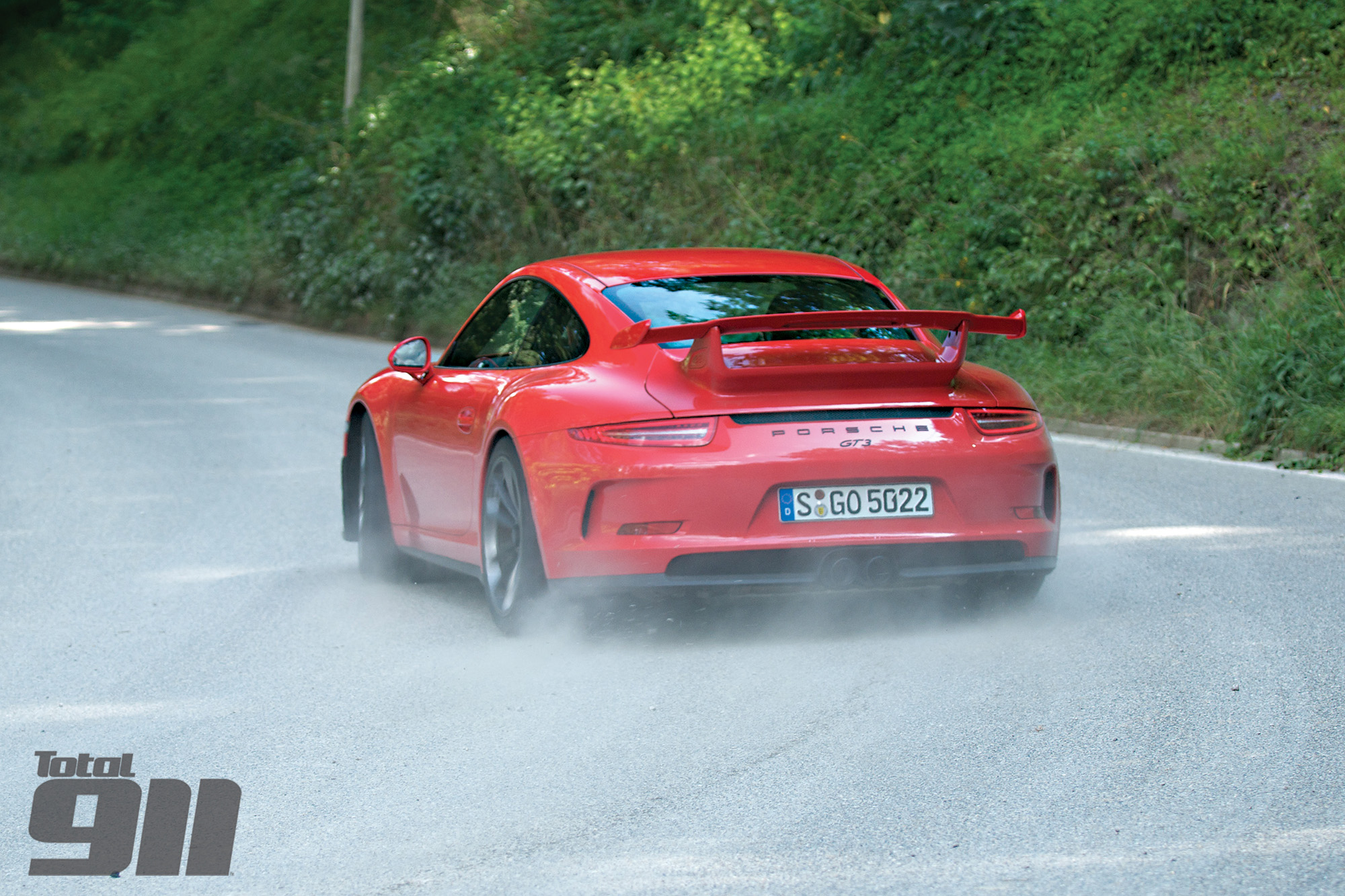Ed speak: why I love PDK
There was a time when Porsche’s automatic transmission came a distant second to the manual variety. Just think of the 993: while the manual transmission offered a gloriously positive throw and impressive pull through all six gears, the four-speed Tiptronic option was simply archaic, even for the time.
I recall the amusement of driving a Tiptronic 993 Carrera earlier this year, where in manual override I could click ‘up’ on the steering wheel’s gear selector and then count two seconds before an almighty shunt forwards would signal the engagement of a higher gear. The experience wasn’t pleasant.
But how things have changed. Porsche’s new PDK transmission is crisp, fluid, and oh-so intelligent – so much so that it’s the only gearbox Porsche will offer you on a 991 GT3, Turbo or Turbo S. The revelation was met with outcry from purists last year, who said part of the 911’s original soul had been needlessly jettisoned. But is this really the case? I think not.

The fact is, the Porsche 911 has been clad with technological driver aids and advancements for some time now. The age of driver and car being harmonised purely by a mechanical engine and a trio of pedals have long since passed. Pleasingly, this uptake in technology on an automobile has also coincided with sportscars getting much faster – and safer.
This trend for technology first started by ABS was accelerated by the introduction of PSM on the 911 Carrera 4 in 1999, which was a joint venture between Porsche and Bosch where sensors fed information to the ABS system to electronically brake individual wheels.
Rolled out across all 911 models from 2002, PSM could also control engine speed thanks to electronic throttle control. Quintessential driving? No, but PSM was undoubtedly successful in the evolution of the sports car, and remains on the 911 to this day.

Since then, PTM, PTV, PASM, and even Porsche Active Aerodynamics have all been positively received as technological advancements to the 911, the intelligent sportscar for the intelligent driver. So why is there an indifference to PDK?
In town, PDK is your best friend, saving your left leg from a glut of ardous work without reward. On the track, PDK makes the car smoother, which makes you faster. Of course, a different driving style needs to be administered here, which is where the dislike comes from, but that’s all part of the challenge.
On a more level racing platform in terms of competition, further miniscule, intricate attention to detail will be vital to become a champion of a tighter field of cars (991 paddle-shift Carrera Cup drivers have already admitted as much).

In a contemporary world where the sports car driver demands the ultimate in modern engineering for even miniscule refinement of those lap times, a true driver will be thankful for any extra advancement – given here in that you can now focus your vision exactly on where you’re placing those front tyres at all times.
Sure, manual gear changing still offers what can loosely be categorised as traditional driving (though a 991 is still some way off the experience of an original short wheelbase, pre-impact bumper 911 of the Sixties, for example), but the cars, just like the times, are totally different.
Porsche has adapted quite remarkably to the continued evolution of the sports car, so now it is us who must adapt to the new era of sports car precision – starting with an adulation of PDK.

Comments (0)